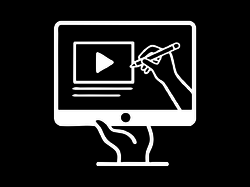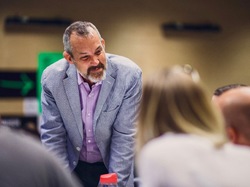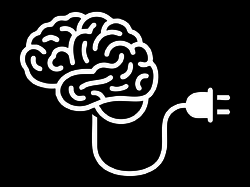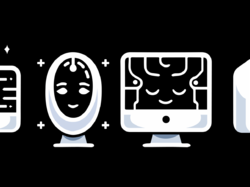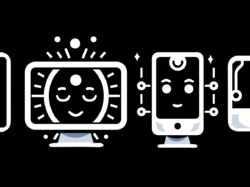Robin Rendle challenges designers to step back from rote process and instead consider what will help the end result. Journey maps, personas, wireframes, and the like—they’re only useful if they actually improve the experience that gets to customers. These are only thinking tools—a means to an end—yet they often get treated with the weight of the product itself:
So design artifacts are only useful if progress is made but often these assets lead nowhere and waste endless months investigating and talking with countless meetings in between.
There’s a factory-like production of the modern design process which believes that the assets are more important than the product itself. Bloated, bureaucratic organizations tend to like these assets because it absolves them of the difficulty of making tough decisions and shipping good design. They use these tools and documents and charts as an excuse not to fix things, to avoid the hard problems, to keep the status quo in check.
At Big Medium, we focus on keeping design artifacts light. At every stage, we ask ourselves: What do we need to know or share in order to move things forward? And what’s the smallest, lightest thing we can do to get there? Sometimes it’s just a conversation, not a massive PDF. Figure it out, sketch some things together, keep going.
As I wrote a few years ago, only one deliverable matters: the product that actually ships.
Even wth heavier work like research, we design the output to be light and lean—focused on next action rather than a completionist approach to showing all the data. The goal is not to underscore the work that we did; the point is what happens next. That means we design a lot of our artifacts as disposable thinking tools—facilitate the conversation, and then get on with it.
Alignment and good choices are important; that’s what process is for. But when process gets too heavy—when waystation documents soak up all the oxygen—you have a system that’s optimized to reduce risk, not to create something insightful, new, or timely.
